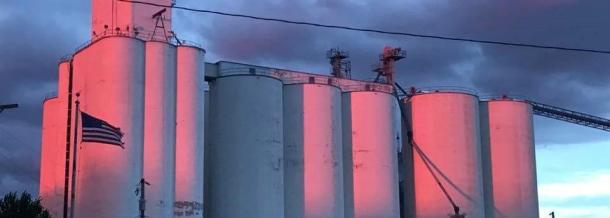SW Stormwater Project (completed)
SW Stormwater Project is, for the most part, complete! This phase of stormwater improvements consisted of 5 areas:
Area 1 – Outlet storm sewer from the East Dual-Purpose Sewer to the stormwater detention basin
Area 2 – Stormwater detention basin
Area 3 – Storm sewer from the stormwater detention basin to R16 at the elementary school
Area 4 – Construction from R16 and the elementary school upstream to Linden and Hatton
Area 5 – Construction along Hatton from Linden to Walnut
We are currently working with the contractor and city engineer to finish the 5 bioswales (see definition below) and grass seeding in the above areas. The city will be placing signs in the bioswales for identification purposes and it is the Council’s hope to have this project completed before fall.
*This project was paid for with a General Obligation (GO) Bond of $3,000,000.00 and a much smaller portion from the City’s Storm District funds.
Definition:
**Bioswales are landscape elements designed to concentrate or remove debris and pollution out of surface runoff water. They consist of a swaled drainage course with gently sloped sides (less than 6%) and filled with vegetation, compost and/or riprap. The water's flow path, along with the wide and shallow ditch, is designed to maximize the time water spends in the swale, which aids the collection and removal of pollutants, silt and debris. Bioswales are also beneficial in groundwater recharge and are effective stormwater mitigation tools. Depending upon the topography of the land, a bioswale may have a meandering or almost straight channel alignment. A bioswale's make-up can be influenced by many different variables, including climate, rainfall patterns, size of the site, budget, and available vegetation that can be planted.
It is important to maintain bioswales to ensure best possible efficiency and effectiveness in removal of pollutants in the stormwater runoff. Planning for these things is an important step, which can include the introduction of filters or large rocks to prevent clogging. Annual maintenance through soil testing, visual inspection, and mechanical testing is also crucial to the health of a bioswale.
A common application is around parking lots, where substantial automotive pollution is settled on the pavement and then flushed by the first instance of rain, known as the first flush. The bioswales, or other type of biofilter, can be created around the edges of parking lots to capture and treat the stormwater runoff before releasing it to the watershed or storm sewer.
For a visual click on Project Map


